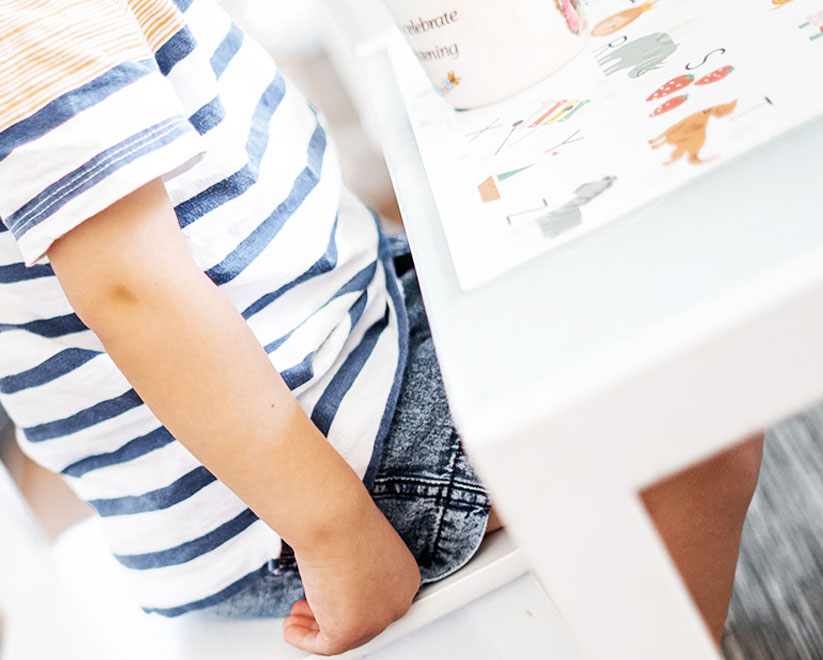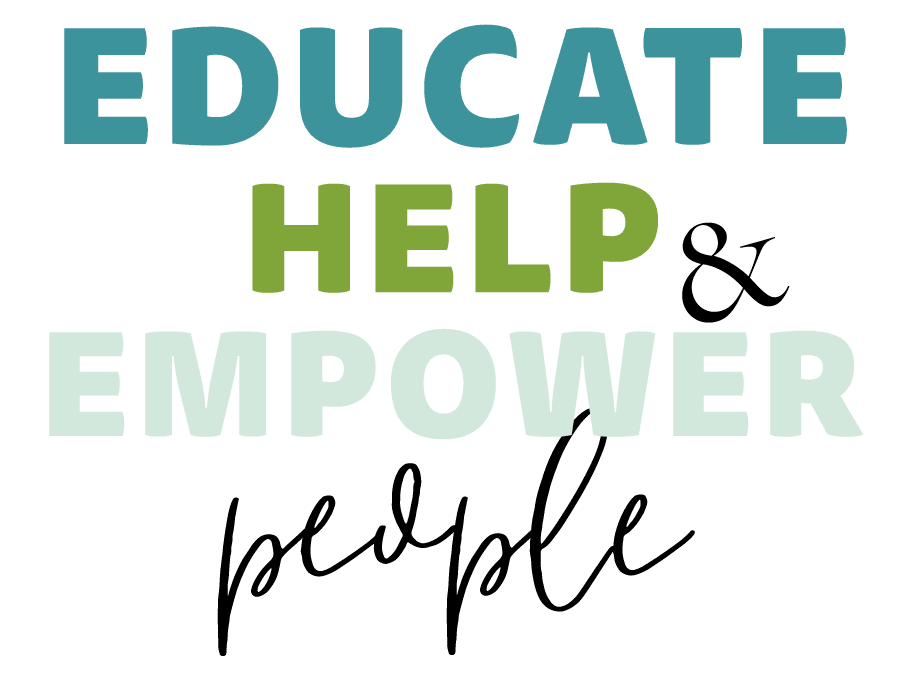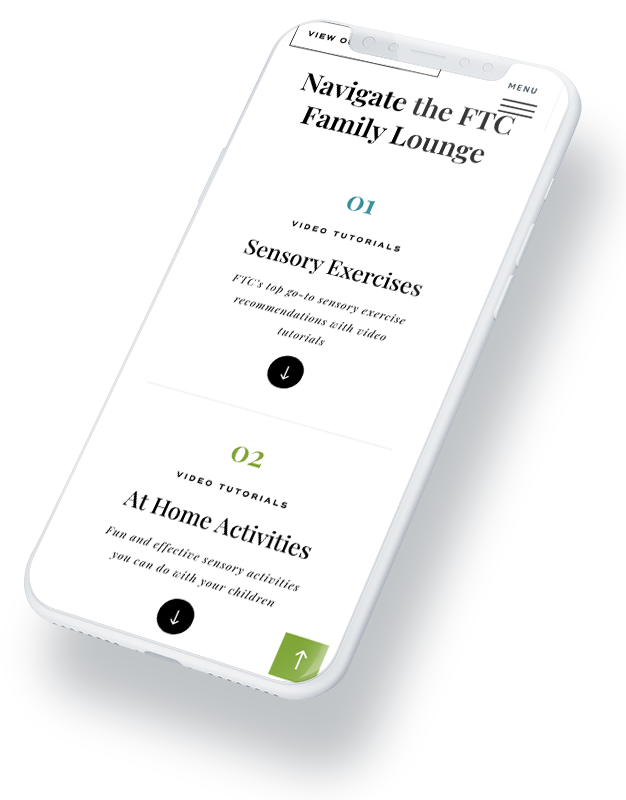During these trying times where families are being asked to take so much more onto their plates, please know that your therapists are here for you.
As you are settling into new routines and expanding your role as a parent, did you ever think you’d also be asked to take on the role of OT, PT or speech therapist?
Many parents have found themselves in this challenging and precarious role–all while meeting the demands of parenting and teaching. As therapists, we want you to know that you are not alone.
We are here to support you and guide you in this new learning process. We want you to feel the same successes that we feel each time your child does something “new” or “cool.”

As a physical therapist, the most common theme I hear from parents is, “You made it look so easy, but I just can’t do it.”
It’s true I have learned to make my work LOOK more effortless, but 13 years of experience have gone into honing a technique and customizing an approach.
Over the years of working with the pediatric population, I have constantly been learning how to make children do what they need to maximize their function. My hands have a sixth sense about which muscles are working and which are not, which muscles need to be facilitated, and which need to be turned off.
I have learned how much support is too much and how to fade into the backdrop without compromising a child’s safety.

First, you can admit that it feels weird. You feel like an octopus, yet you don’t have enough hands to hold your child. You’re not sure where to put your body, let alone how to hold theirs while sitting on a ball. Know that this is a learned skill that will take time to develop.
I can promise you that with time and patience you will get better.
You will feel more in control and confident in your ability to perform handling and facilitation. You are learning to help your child, and your child is learning to let you help.
They are not accustomed to your hands or your cuing. Remember back to when you brought this amazing child home and how foreign everything felt at first?
You weren’t sure how to soothe, hold, burp, or rock your brand-new baby. Yet, over time, you became more confident that your touch was exactly right.
You may be wondering how you can improve your skills to make the most of this time together. Here is some advice that might facilitate the process or soothe out some difficulties you could be facing.
- Don’t be afraid to fail. Failure is key in learning. The more we fail, the more we learn about what didn’t work and, as a result, hone in on what will work
- Be open with your therapist: let her know that you are unsure of where to put your hands, how to move your body, where to hold Johnny, and exactly what to feel for.
- Keep trying and don’t give in to frustration if it doesn’t come out perfect. Perfection doesn’t always exist in the world of movement. Sometimes good enough is good enough for that trial.
- If it’s not happening, don’t dwell on it. Move on to the next trial and try again.
- If you or your child is very frustrated move on completely. This is not a race or a competition, and we can always revisit a skill during the next session.
- Brainstorm with your therapist what is working for you. We are the MacGyvers of the therapy world: we CAN and WILL find another way.

Now that you have the guidelines, here’s the down-low on manual handling for kiddos.
Your hands are your assets. You want to develop the sensitivity of your hands. What do you feel underneath your fingertips and your palms. Are muscles getting tighter or harder (meaning, are the muscles contracting or relaxing)?
When you want a muscle to contract:
- Start with tapping that muscle to wake it up and alert the body that part exists. You can tap lightly or firmly, depending on the area of the body. For children that are hypersensitive, a firm touch is usually better as it is less noxious. For children that are less responsive, a light tickle or a firm touch may be needed.
- If tapping doesn’t work, try stroking the muscle in an upward or downward direction. Again use light touch or firm touch depending on what you are trying to achieve.
- If stroking doesn’t work- try tickling it. This works in two ways, since children are usually most responsive to a tickling sensation and tend to laugh or have more fun.
- Placing a child in the starting position and asking them to hold is another way to get muscles working: this is called a “place and hold,” another strategy to keep that muscle working.
- Don’t neglect the importance of your voice. The tone, rhythm, and pitch will also signal what response you want. A low soothing tone will mean you want a nice easy movement. A fast, high-pitched cue will tell them to activate quickly.
Let’s talk about a real-life example now so you can picture this happening:
Johnny is laying back on the therapy ball and you are trying to get him to do a sit up. He’s just hanging out enjoying the view, waiting for you to do all the work and pull him back up. So you start with a tap to his tummy muscles: tap the top, the middle, and then the bottom of his tummy; tap lightly rather than firmly. HE DOESN’T BUDGE! Don’t get annoyed. Move on to a stroke of the muscle: start at the top by the ribs and draw your fingers downward to front of his hips. Ah, he moved a little but hasn’t sat up yet. Hmmmmm, what to do next… Give a tickle and watch the fun happen: all of a sudden Johnny has sat up and those tummy muscles are firing on all cylinders. BRAVO! Job well done!

When Johnny is leaning on you too much:
- Know that less support is actually more in most cases. That doesn’t mean you should walk away, but it does mean you can lighten up your hold.
- Holding clothing can be easier than holding a hand.
- Keeping your hands in the hovering position or just using a light touch at key points during the movement can help as well.
- Don’t be afraid to use that tickle to get the muscles firing on their own.
- Give a stabilizing object like a hula hoop, stick, or scarf between you. You can modify how much or how little you are holding it and really give your child a sense of independence.
Let’s talk about a real-life example now so you can picture this:
Johnny is walking up the stairs. He holds the rail lightly but is leaning back toward you, almost to the point where you’re falling. DON’T GIVE UP! He can do this! You don’t want to let go of Johnny because that wouldn’t be safe. How do you get him to do it on his own safely? You start by letting go of his hand but giving support under the elbow or forearm. Place your hand behind his shoulder or grab the top of his shirt. Tap the lower back, but don’t let him lean on you. Place a desired toy or item at the top to increase the motivation.
My dream is that this has given you a ray of hope that these techniques can be learned.
You don’t have to beat yourself up or consider each session a failure if it doesn’t come out perfect. You are doing enough. You are trying hard enough. Failure will lead to success, and we will get through it together.
This is a team effort, and we are here to support you. Stay strong, because when you get Johnny to do something cool, we will be excited to share the joy!



















Comments
0 Comments